Table of content
- 1 Traditional Tieguanyin (Concentrated Roasting)
- 2 Modern Tieguanyin (Light Roasting)
- 1 Spring Tieguanyin (Chun Cha)
- 2 Autumn Tieguanyin (Qiu Cha)
- 3 Summer and Winter Tieguanyin
- 1 Premium Grade (Te Ji)
- 2 First Grade (Yi Ji)
- 3 Second Grade (Er Ji) and Standard Grade
- 1 Organic Tieguanyin
- 2 Conventional Tieguanyin
- 1 Aged Tieguanyin
- 2 Flavored Tieguanyin
Anxi Tieguanyin, a renowned oolong tea originating from the misty mountains of Anxi County in China’s Fujian Province, has captivated tea enthusiasts worldwide with its distinctive floral aroma, rich taste, and cultural significance. Classified as a semi-oxidized tea, Tieguanyin bridges the gap between green and black teas, offering a harmonious balance of freshness and depth. However, the allure of Tieguanyin extends beyond its general reputation—it lies in its intricate classifications, which cater to diverse preferences and occasions. This article delves into the multifaceted world of Anxi Tieguanyin, exploring its classifications based on processing methods, harvest seasons, quality grades, and cultivation practices.
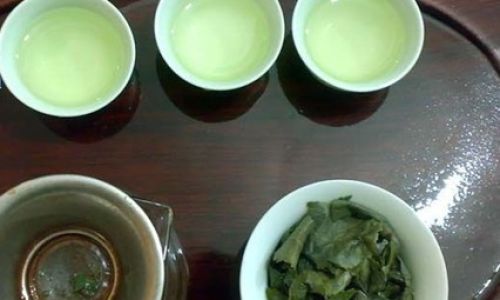
Classification by Processing Method: Traditional vs. Modern Techniques
The production of Tieguanyin involves a series of meticulous steps, including withering, tossing, oxidation, rolling, and roasting. The variations in these processes give rise to distinct styles of Tieguanyin, primarily categorized into traditional and modern methods.
1 Traditional Tieguanyin (Concentrated Roasting)
Traditional Tieguanyin is crafted using time-honored techniques passed down through generations. Key characteristics include:
- Heavy Roasting: After the initial oxidation, the tea leaves undergo prolonged roasting over charcoal or electric ovens at high temperatures (80–120°C). This step intensifies the tea’s flavor, imbuing it with a robust, toasty aroma and a mellow, lingering sweetness.
- Oxidation Level: Typically oxidized between 20–30%, resulting in a balance between floral notes and a deeper, nutty undertone.
- Flavor Profile: Rich, complex flavors with hints of caramel, roasted chestnuts, and a subtle mineral finish. The liquor is amber-gold, and the taste evolves with multiple infusions.
Traditional Tieguanyin is often aged for several years to enhance its smoothness, making it a favorite among connoisseurs seeking a mature, layered experience.
2 Modern Tieguanyin (Light Roasting)
In contrast, modern Tieguanyin embraces innovation, prioritizing freshness and aromatic complexity:
- Light Roasting: Leaves are baked at lower temperatures (60–80°C) for shorter durations, preserving their vibrant green hue and fresh floral fragrance.
- Oxidation Level: Usually oxidized between 15–20%, yielding a brighter, greener infusion.
- Flavor Profile: Delicate aromas of orchid, gardenia, and fresh fruit, accompanied by a crisp, refreshing taste. The liquor is pale yellow, and the aftertaste is clean and invigorating.
Modern Tieguanyin appeals to those who prefer a lighter, more approachable brew, often enjoyed in its youthful state.
Classification by Harvest Season: Spring, Autumn, and Beyond
The climate and growing conditions of each season significantly influence the tea’s quality and character. Anxi Tieguanyin is primarily harvested in spring, summer, autumn, and winter, with spring and autumn teas being the most prized.
1 Spring Tieguanyin (Chun Cha)
Harvested between late April and early May, spring Tieguanyin is celebrated for its exceptional quality:
- Climate: Cooler temperatures and abundant rainfall result in slow-growing leaves with concentrated flavors.
- Characteristics:
- Aroma: Intense floral and orchid notes.
- Taste: Smooth, velvety texture with a lingering sweetness.
- Appearance: Tightly rolled leaves with a vibrant green hue.
Spring Tieguanyin commands the highest prices due to its limited yield and exquisite balance of aroma and taste.
2 Autumn Tieguanyin (Qiu Cha)
Harvested in September and October, autumn Tieguanyin offers a bold alternative:
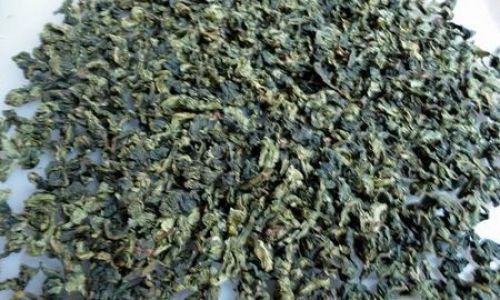
- Climate: Warmer days and cooler nights enhance the leaves’ resilience, yielding a tea with greater complexity.
- Characteristics:
- Aroma: Fruity and honeyed undertones with a hint of spice.
- Taste: Full-bodied with a robust finish, often described as “mellow yet powerful.”
- Appearance: Darker green leaves with a glossy sheen.
Autumn Tieguanyin is favored for its affordability and strong, enduring flavor, making it ideal for daily consumption.
3 Summer and Winter Tieguanyin
While less common, summer and winter harvests exist:
- Summer Tieguanyin: Harvested in July, it tends to be astringent and less aromatic due to hot, humid weather.
- Winter Tieguanyin: A rare winter harvest, often characterized by a unique cold-resistant sweetness.
Classification by Quality Grade: Premium to Standard
Anxi Tieguanyin is graded based on strict criteria, including leaf appearance, aroma, taste, and brewing endurance. The grading system varies by producer but generally follows these tiers:
1 Premium Grade (Te Ji)
- Leaf Quality: Handpicked, uniform leaves with minimal stems.
- Aroma: Exceptionally fragrant, with a multi-layered bouquet.
- Taste: Smooth, balanced, and持久 (chíjiǔ, meaning “long-lasting”).
- Brewing Endurance: Withstands 7–8 infusions without losing flavor.
2 First Grade (Yi Ji)
- Leaf Quality: Mostly whole leaves with occasional stems.
- Aroma: Bright and floral, though slightly less complex than premium.
- Taste: Refreshing with a clean finish.
- Brewing Endurance: 5–7 infusions.
3 Second Grade (Er Ji) and Standard Grade
- Leaf Quality: Includes broken leaves and more stems.
- Aroma: Milder and less persistent.
- Taste: Lighter body, suitable for everyday drinking.
- Brewing Endurance: 3–5 infusions.
Classification by Cultivation: Organic vs. Conventional
As global demand for organic products rises, Anxi Tieguanyin is now cultivated using two primary methods:
1 Organic Tieguanyin
- Practices: Grown without synthetic pesticides or fertilizers, often in high-altitude, pesticide-free zones.
- Certification: Must meet standards like USDA Organic or EU organic regulations.
- Characteristics: Subtly different flavor profiles, with a cleaner taste and earthier undertones.
2 Conventional Tieguanyin
- Practices: Utilizes controlled pesticide use and chemical fertilizers to maximize yield.
- Characteristics: Consistent quality and affordability, though some argue it lacks the nuanced complexity of organic varieties.
Specialty Classifications: Aged and Flavored Tieguanyin
Beyond the basics, Tieguanyin enthusiasts may encounter specialized categories:
1 Aged Tieguanyin
Stored for 5–30 years, aged Tieguanyin develops medicinal qualities, with notes of dried fruit, wood, and herbs. It is prized for its soothing properties and rare availability.
2 Flavored Tieguanyin
Infused with natural ingredients like jasmine, osmanthus, or ginseng, these blends cater to adventurous palates.
Conclusion: The Art of Choosing Tieguanyin
Anxi Tieguanyin’s allure lies in its adaptability—whether you seek the timeless elegance of a traditionally roasted spring tea or the vibrant freshness of a modern autumn brew, there is a Tieguanyin for every occasion. By understanding its classifications, enthusiasts can navigate the vast world of Tieguanyin with confidence, appreciating the craftsmanship and terroir that define each cup. As the tea industry evolves, so too does Tieguanyin, blending tradition with innovation to remain a cherished emblem of Chinese tea culture.
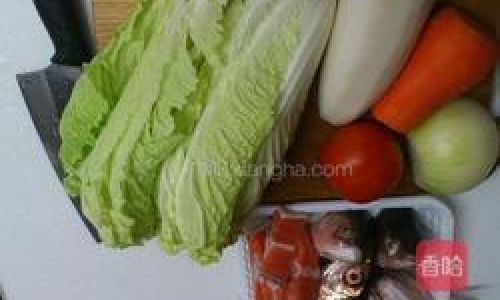
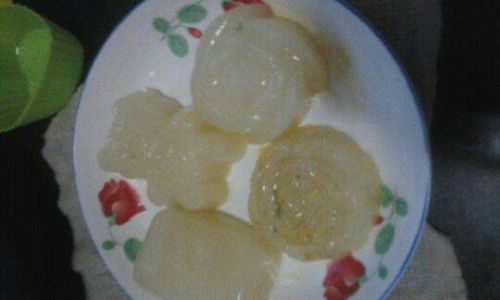
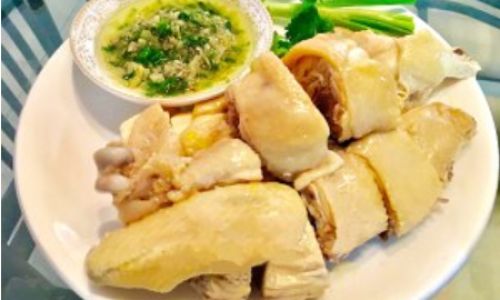
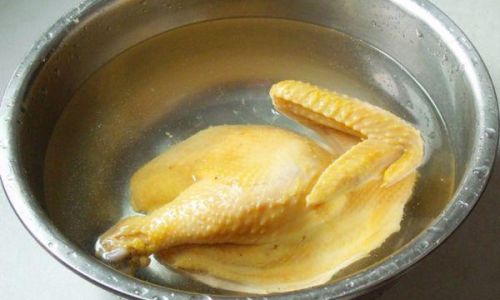

0 comments